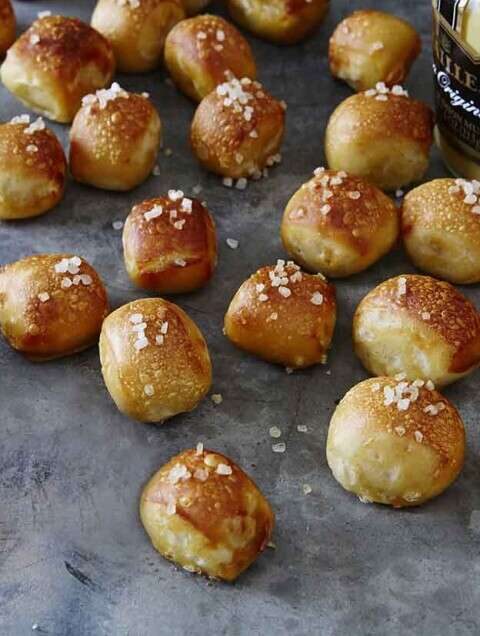Cheesecake is a classic dessert that has been enjoyed for centuries by people worldwide. While there are numerous variations of cheesecake, the basic principles of making this delicious dessert can be reasoned scientifically. We’ll dive deeper into the scientific principles that go into baking cheesecake, specifically a new york cheesecake.
First of all, a lot of people mistake the fact that cheesecake is a type of custard, not a cake. A custard is a thickened mixture of eggs, milk, sugar, and flavorings that are cooked together. Instead of milk, eggs, and sugar are combined with cream cheese to create a rich, creamy texture in cheesecake.
The other ingredients in the new york cheesecake mix assist in the formation of a gel in the custard mix. The egg yolk proteins are better able to bind together when coated in positively charged minerals, but the water and sugar slow this process down as the temperature rises and a delicate web of egg protein forms.
Cream cheese is the main ingredient in cheesecake. Cream cheese is made by fermenting milk and cream with lactic acid bacteria, which produces lactic acid. Because of this acid, the proteins in milk and cream coagulate, or clump together, forming curds. After separating the curds from the liquid whey, they are combined with salt and other flavorings to make cream cheese.
It is critical to begin with room-temperature cream cheese when making cheesecake. Being at room temperature softens and blends the cream cheese more easily with the other ingredients, resulting in a smooth, creamy texture. Furthermore, the eggs and other ingredients should also be at room temperature. This ensures that all of the ingredients combine evenly, resulting in a consistent texture throughout the cheesecake.
A water bath is a baking technique in which the cheesecake pan is placed in a larger pan filled with hot water. This helps to evenly distribute heat throughout the cheesecake, preventing cracking or overcooking. The water also adds moisture, which aids in the creation of a creamy, smooth texture in the cheesecake. Despite water baths being a really important step for a regular recipe of baking a new york cheesecake, our recipe doesn’t require water baths because we bake at 250°F, keeping the oven temperature fairly low.
The type of pan used to bake the cheesecake can also have an impact on the final product. Because it allows the cheesecake to be easily removed from the pan without damaging it, a springform pan is the best choice for baking cheesecake. One way to not damage the cheesecake is by greasing the sides of the pan to keep the cheesecake from sticking, and the bottom should be lined with parchment paper to make removal easier.
Finally, understanding the properties of custards, the importance of the ingredients used, and the baking process are the scientific principles behind making a perfect New York cheesecake. Anyone can make a delicious and creamy New York cheesecake that will impress their family and friends by following these principles.
Sources:
https://www.juniorscheesecake.com/blog/2016/07/27/the-history-of-cheesecake/
https://www.allrecipes.com/article/common-cheesecake-mistakes-to-avoid/
https://www.foodnetwork.com/recipes/tyler-florence/the-ultimate-cheesecake-recipe-1914053
https://medium.com/science-souffl%C3%A9/lessons-in-cheesecake-science-2b7a80e2aacc
